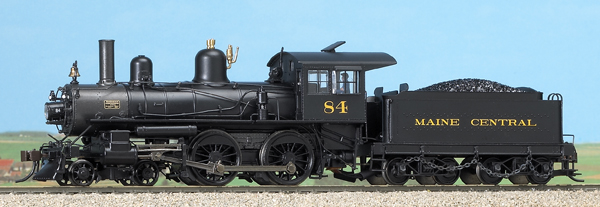
Bachmann HO 4-4-0 Steam fans now have a superdetailed American-type to add to their HO scale rosters. Bachmann’s Spectrum modernized 4-4-0 American comes equipped with a factory-installed dual-mode Digital Command Control (DCC) decoder, so the model is ready to run on DC or DCC layouts. American Standard. By the latter half of the 1800s, locomotives […]
Read More…
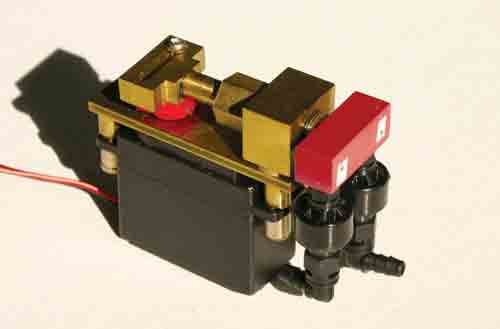
Jeff Young Full-size steam locomotives have been in existence for over 200 years, and live-steam models for nearly that long. On that basis, it might be easy to conclude that the hobby of small-scale live steam is one that would not see a lot of new technology. To the contrary, there have been a number […]
Read More…
We reviewed the Athearn N scale Challenger in the June 2007 issue of Model Railroader. Watch a video clip of this 4-6-6-4 steam locomotive in action. If you would like to view the video and are a Model Railroader subscriber, please log in below. […]
Read More…
We reviewed the Athearn N scale Challenger in the June 2007 issue of Model Railroader. Watch a video clip of this 4-6-6-4 steam locomotive in action. If you would like to view the video and are a Model Railroader subscriber, please log in below. […]
Read More…
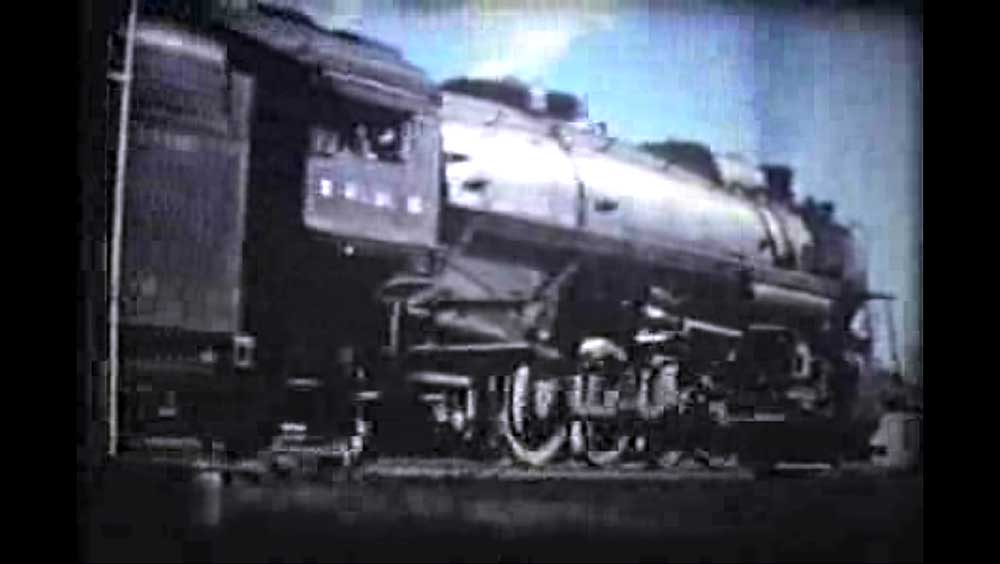
In our Summer issue, R. R. “Dick” Wallin recalls several cab rides on Illinois Central steam engines. See clips of Wallin’s 8mm color movies from those rides. […]
Read More…
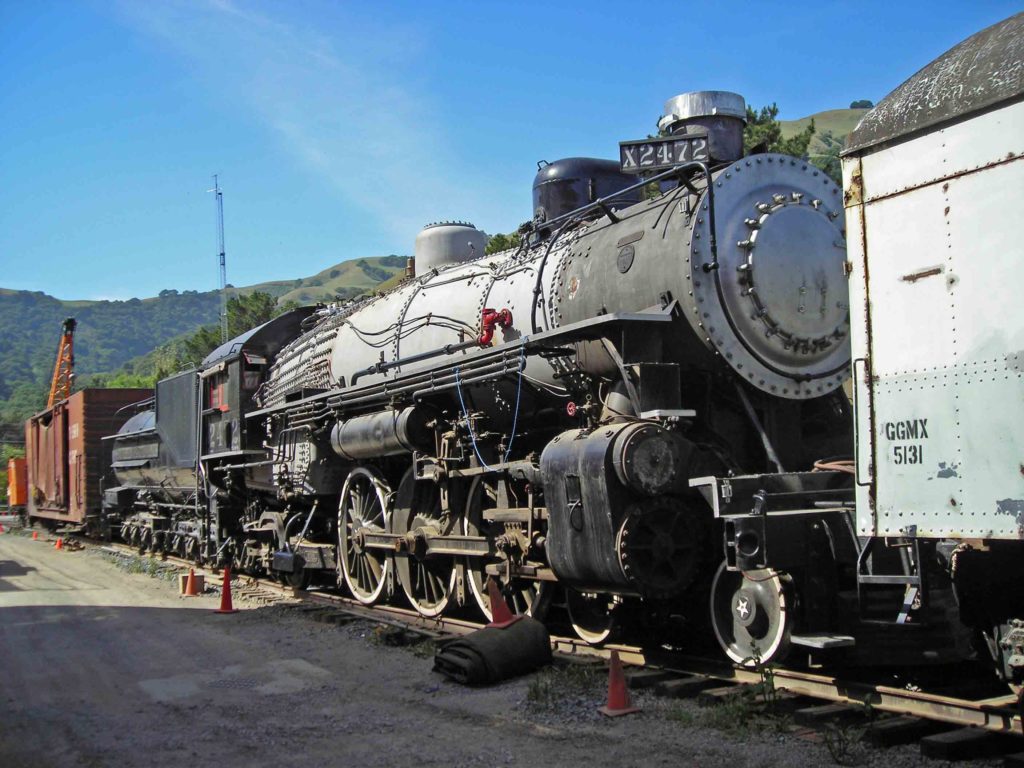
Alan Siegwarth SUNOL, Calif. – The Golden Gate Railroad Museum has announced that its Southern Pacific 4-6-2 No. 2472 has been successfully steam-tested as mandated by federal regulations under the 1,472-day inspection rules. Locomotive reassembly is continuing, and the group expects the locomotive to be complete in the near future. The Golden Gate Railroad Museum […]
Read More…

In our Summer issue, R. R. “Dick” Wallin recalls several cab rides on Illinois Central steam engines. See clips of Wallin’s 8mm color movies from those rides. […]
Read More…
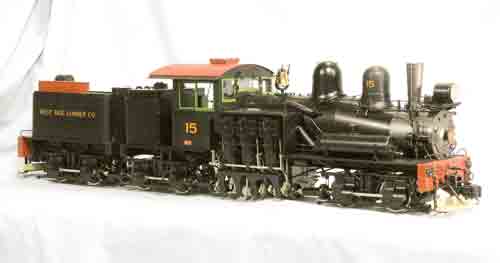
Kevin Strong 1:20.3 scale, gauge 1, three-truck ShayAccucraft Trains33268 Central Ave.Union City CA 94587Price $3,800Web site: www.accucraft.com All-metal model of a 60 ton, class-C Shay built by Lima Locomotive Works; electrically powered via 24V motor; directional lighting; minimum radius, 4′; working cab windows; working couplers; prototypically accurate lettering and number. Dimensions: Length, 28.5″; width: 5.5″; […]
Read More…
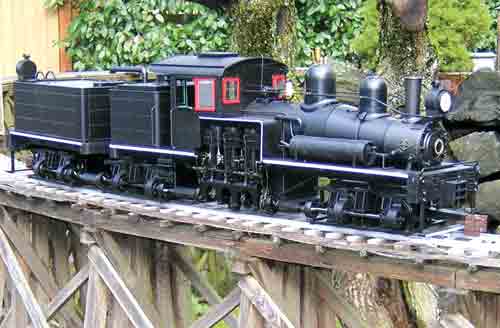
Dave Goodson 1:20.3 scale, gauge 1, three-truck ShayBachmann Industries, Inc.1400 E. Erie AvenuePhiladelphia PA 19124Price: $1,000Web site: www.bachmanntrains.com Plastic-and-metal model of a 55 ton, three-truck Shay; tested locomotive (#82498) is painted, unlettered; wiring and parts diagram; DVD showing locomotives in use and lubrication procedures; new warranty statement; engineer and fireman; optional smoke stacks and fuel […]
Read More…
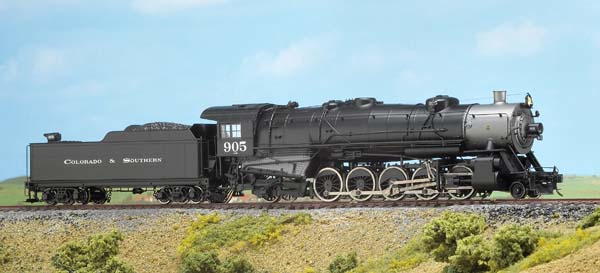
Walthers HO USRA 2-10-2 This massive HO USRA 2-10-2 is a big brute of a steam locomotive, designed for mainline freight ser-vice. Part of Walthers’ Proto 2000 Heritage Collection, it offers classic good looks and a powerful new mechanism capable of hauling prototype-length trains. Though it can negotiate curves as sharp as 18″ radius, the […]
Read More…
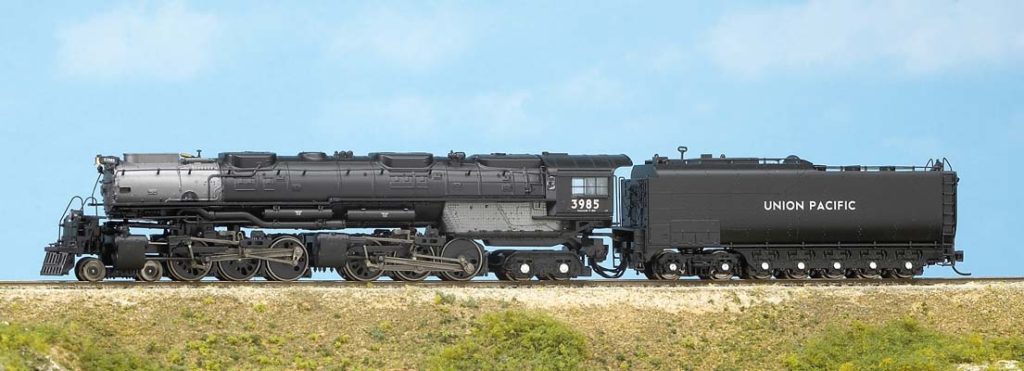
Athearn N Challenger 4-6-6-4 For N scale fans of big articulated steam locomotives, what’s more exciting than a 1:160-proportion Challenger 4-6-6-4? How about one equipped with realistic onboard sound. The Challenger is the first DCC-and-sound-equipped N scale steamer in Athearn’s product line. The model’s dual-mode decoder, manufactured by Model Rectifier Corp., provides controllable sound effects […]
Read More…

IN THE MIDST of the Great Depression, America’s railroads turned to fast trains to draw the public back to rail travel. In the Midwest, the Chicago & North Western was preparing to launch high-speed service between Chicago and Minneapolis. The Milwaukee Road’s response was to create a fast, reliable, and stylish express train. The name […]
Read More…









